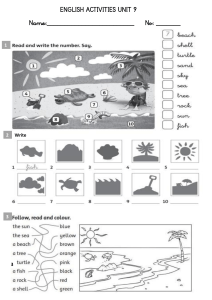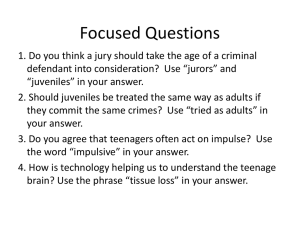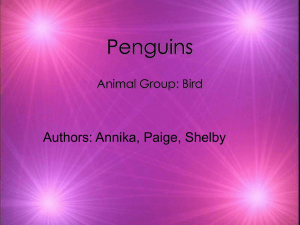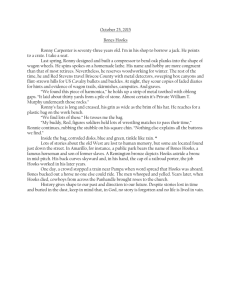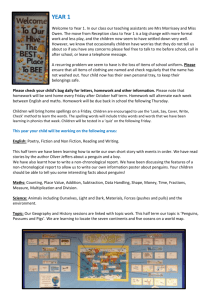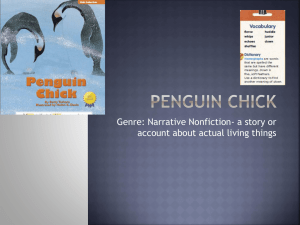Sea birds and Water Birds Power Point Presentation
advertisement
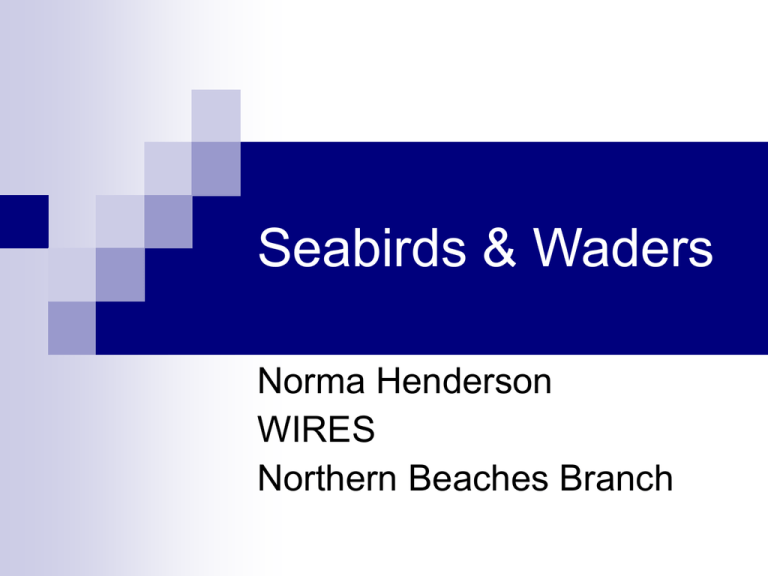
Seabirds & Waders Norma Henderson WIRES Northern Beaches Branch The Rescue – be prepared Wear glasses for eye protection Have gloves ready Take special care of Long thin legs Long thin bills Feathers The Rescue Waterbirds can be smelly, they Deficate Regurgitate Best container is a CARDBOARD BOX Contact the Bird Co-ordinator Feeding water birds Rehydrate with glucose or Vetafarm Spark Force-feed initially. Teach self-feeding Seagulls Often nest on unused boats Easy to rear Imprint badly Gannets Juveniles in trouble Look for:Fishing line entanglement Fish hooks external Suspect fish hooks internal Internal parasites Shearwaters Beached washed birds Spring – arriving after long migration, starving, exhauxsted Autumn – juveniles disoriented by lights, winds etc. Penguins – moulting, oiled, injured Taronga Zoo for long-term rehab White-faced Heron Chicks come into care abandoned Watch long legs and leg paralysis Darters and cormorants Long necks Sharp hooked beaks Attitude Hold bird facing away Wear eye protection Wear long protective gloves Release As close as possible to capture site Seagulls - anytime Penguins - evening Pelicans - anytime Waders - morning
